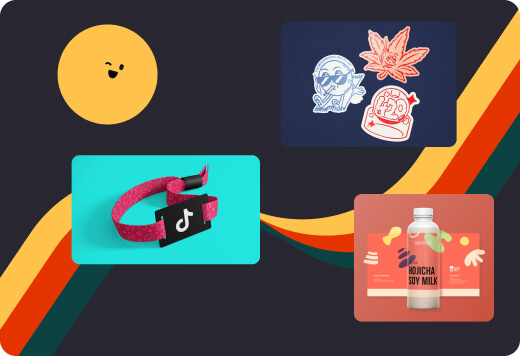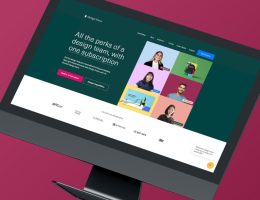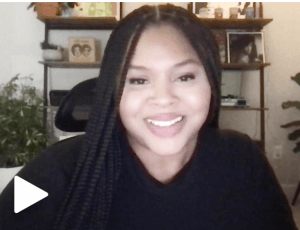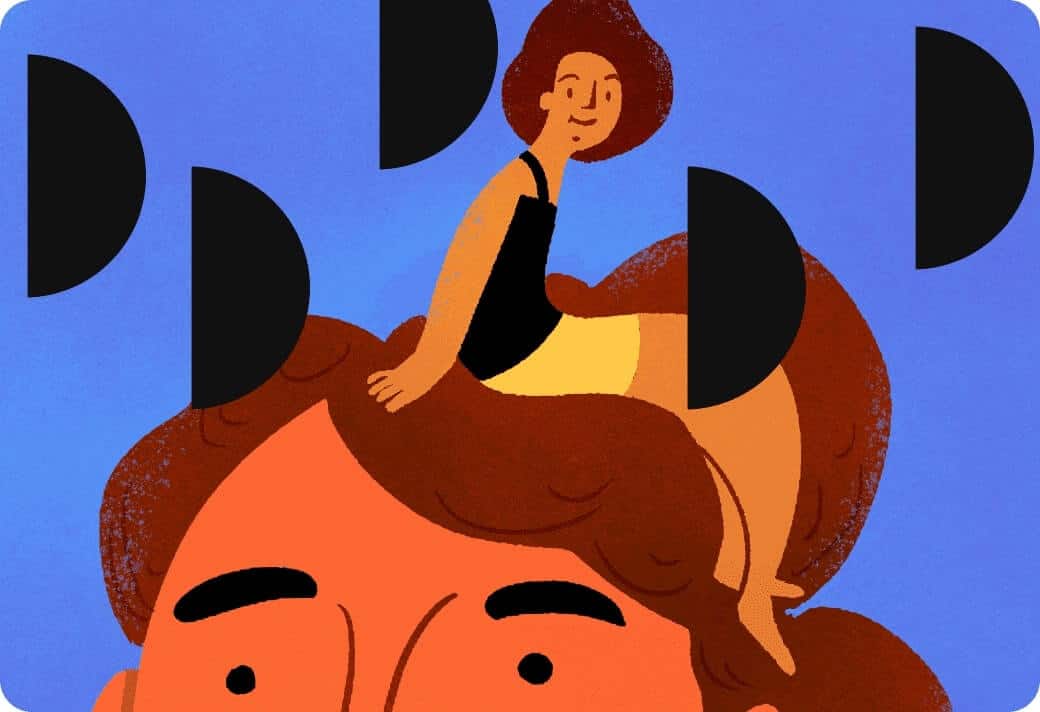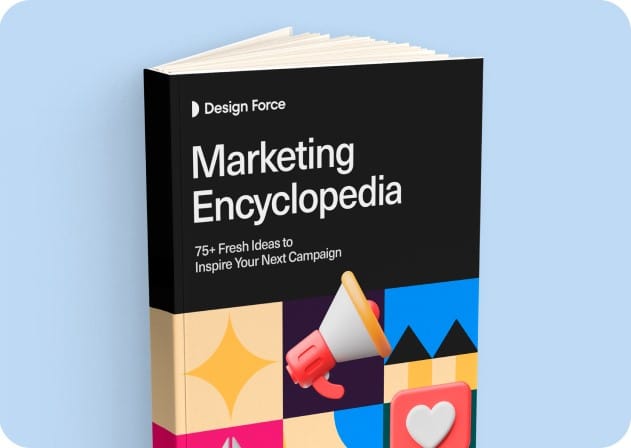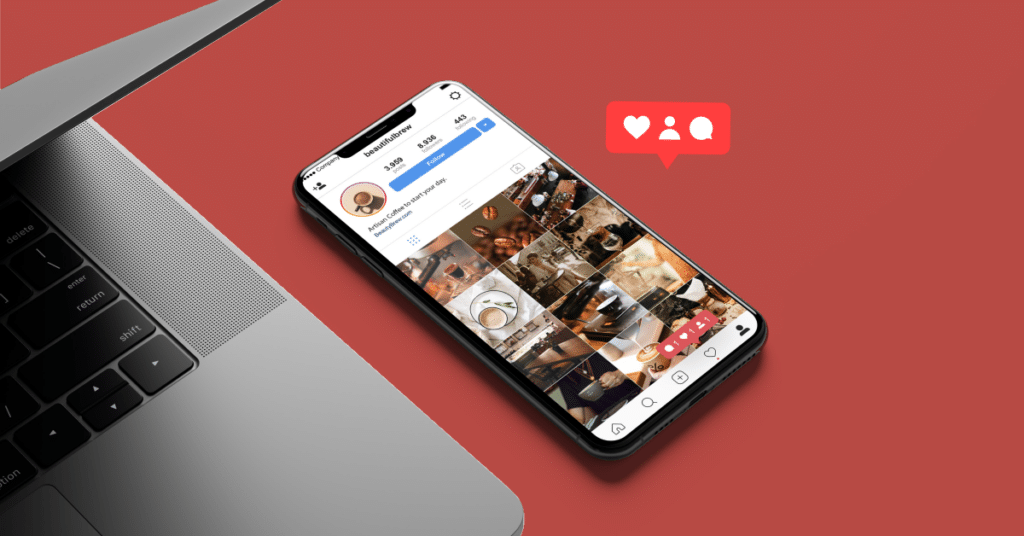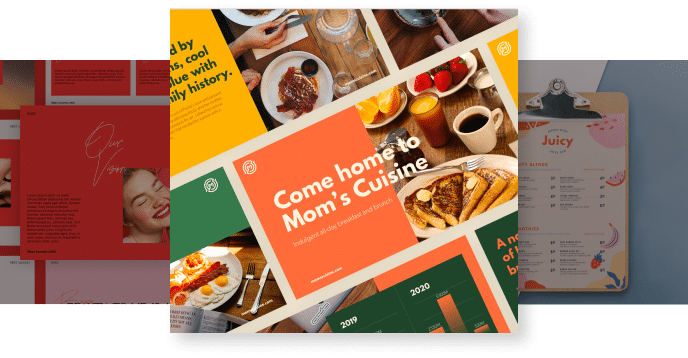How to create engagement posts for social media
54% of consumers use social platforms to research a product or service, meaning your brand’s social media accounts may be the first point of contact between you and your ideal customer.
In this article, we’re looking at how to increase social media engagement so that when your customers land on your feed (and they will), your posts generate effective and efficient conversion.
Why? Because even if your SEO is successfully doing its job in getting eyes on your website, consumers are still highly likely to head to social media before considering whether or not to purchase from you.
In fact, 71% of those surveyed here said that they are more likely to purchase after a referral from social media posts.
Marketing hub Sprout Social’s Sprout Index Report also found that after following a brand on social media, “91% [then] visit the brand’s website or app, 89% will buy from the brand and 85% will recommend the brand to a family or friend.”.
Here are our 4 steps to increase social media engagement for your business, so can get a piece of the pie:
Step one: Understand what social media engagement is, and why it’s beneficial
Gone are the days of vanity metrics and chasing the follower count.
Sure, having thousands of followers may look great, and yes, it does give your brand some kudos, but if none of those followers are converting into customers, it won’t benefit you.
What is social media engagement, and how do we measure it?
Engagement is defined, in social media terms, as interaction. When consumers are:
- Commenting
- Liking
- Sharing
- Saving
- Reposting
your content, they are engaging with your brand on a personal level.
A high social media engagement rate shows the in-built social media algorithms that your content (that’s your social media graphics, captions, photography, videos…) is worth seeing.
Content that is considered valuable in this way will be shown to more potential customers on the app, widening your reach.
More engagement = more visibility = more opportunity for converting a sale.
Step two: Research your audience, choose the right platforms and stand out from your competitors
Social media is a big place.
So big, that as of 2019 there were 3.5 BILLION active users across the various platforms.
In order to stand out from the competition, first, consider this:
Who is your audience, and where are they spending time online?
It’s important to truly understand who your audience is in order to create fun social media posts that they’ll want to engage with.
This is where your customer persona is vital. Once you know who you are talking to, it becomes easier to know how to best serve them through content. And once you know who they are, you’ll be able to determine where they are.
And by where, we mean which platform.
Having an engaging and successful social media presence begins with positioning yourself in the right place – be it Twitter, LinkedIn, Facebook, Instagram, TikTok and so on.
There is no need to be active on all of these platforms if your audience isn’t active there themselves.
Let’s look at an example.
Consider a B2C sportswear brand with a target audience of active Gen Z (born between 1997 and 2010) women.
For them, platforms like TikTok, YouTube and Instagram will be a stronger fit than Facebook, whose highest active user demographic is 25-34 year old (millennial) men.
In contrast, a B2B tech company with an audience of entrepreneurs looking to invest, will find higher success rates by focusing on LinkedIn, where 1 in 3 US adults aged between 30 and 49 are most active.
Step three: Create eye-catching design to capture audience attention
Now that you know who your audience is, where they consume content and how you can provide tailored value, it’s time to get to work.
Fun social media engagement posts use clever design.
When developing your social media account aesthetic, consistency is key.
Staying true to your branding and identity will, over time, create solid recognition between you and your audience. And recognition means more chance of engagement, as you’re building trust with your customer
- Identify your colour palette
Having a running colour palette throughout all of your social media designs creates cohesion. Your branding should be obvious whether it’s a page banner, feed post, Instagram story or profile picture.
If you take a look at the Instagram feeds of Bumble and Subway, you’ll see their colours across all of their assets, and if you were to take any single image away from the entire feed, you will still know who they were from, even without their logo. - Be consistent with your fonts
Like familiar smoothie brand Innocent, a font can be just as recognizable as your logo. You can use multiple fonts throughout your social media graphics, but we’d suggest keeping to no more than 3 and using the same font for similar elements. E.g. One font for headers, one for subheads, and one for body text. - Think mobile first
When designing your social media posts, consider the devices they will be viewed on. With social media, mobile is the leading device of choice, so designing for mobile screens should be a top priority. This means using fonts that are legible within the confines of an Instagram square, for example. - Develop social media templates
Once you have your design styles determined, creating adaptable and reusable social media templates will make consistency a breeze. Plus, if you’re looking to outsource design work, having templates in place will speed up the onboarding process and make sure whoever works on your social media designs and graphics produces something that’s aligned with your branding.
Step four: Make sure that your social media content is relevant to your audience at each stage of the buyer’s journey
You know who you’re posting to, where you’re posting, and how it should look, so what about the actual content you post?
According to the Sprout Index Report, 45% of users surveyed said the reason they unfollow a brand on social media is due to irrelevant content, second to poor customer support.
To make sure that you’re posting relevant and engaging content, it’s important to keep your marketing funnel (otherwise known as the buyer’s journey, from stranger to customer) in mind, and produce a mixture of content that appeals to the potential customers in each area.
Social media content for the top of the marketing funnel
This is the awareness stage, where a potential customer is brand new to you and your business. These are the fun social media engagement posts that draw new people into your business.
This includes posts that are:
- Entertaining – memes and trend-led posts
- Attention-grabbing – using different mediums like reels or Twitter fleets
- Inspirational – quotes, highlights on influential people in your industry or their work
- Relatable – reactive posts that meet the audience where they’re at and make them think “me too!”
Social media content for the bottom of the marketing funnel
This is the consideration stage, where a potential customer knows who you are, likes your content and is starting to develop trust with you.
This includes posts that are:
- Informative – showing behind the scenes or explaining the benefits of your brand
- Collaborative and community building – making use of UGC (user-generated content) and having direct conversations in comments or DMs
- Response provoking – asking questions, using interactive stickers
- Introducing your product or service but not asking for a sale
Social media content for the bottom of the marketing funnel
This is the conversion stage, where your potential customer is engaged with your brand, trusts your offers and needs a final push to make a purchase.
This includes posts that are:
- Direct product or service announcements – new launches, events or sales
- Conversion CTAs (calls to action) – asking your audience to do something, like sign up or buy
Having a mixture of the above content types is key to maintaining an engaged audience.
Too much bottom of the funnel, and they’ll feel like they’re being pushed to buy without trust.
Too much top of the funnel, and you’ll risk only building a following but never converting them to customers.
Key takeaways to increase social media engagement
To sum up, your social media presence should without a doubt form a key part of your marketing strategy, and while you’re building your accounts, remember:
- Engagement is paramount when it comes to a loyal (and converting) social media following. Focus on creating sharable and saveable content that your audience enjoys over vanity metrics such as follower numbers.
- Know who your target audience is, and which social media platforms they use.
- Be consistent with your social media design and stick to your brand colours and fonts across all of your graphics for instant recognition over time.
- Post a mixture of content to meet your audience wherever they are in the buyer’s journey.
If you’re looking for help creating a social media feed that your audience can’t wait to engage with, talk to our team of expert designers today.
